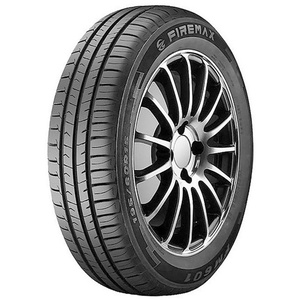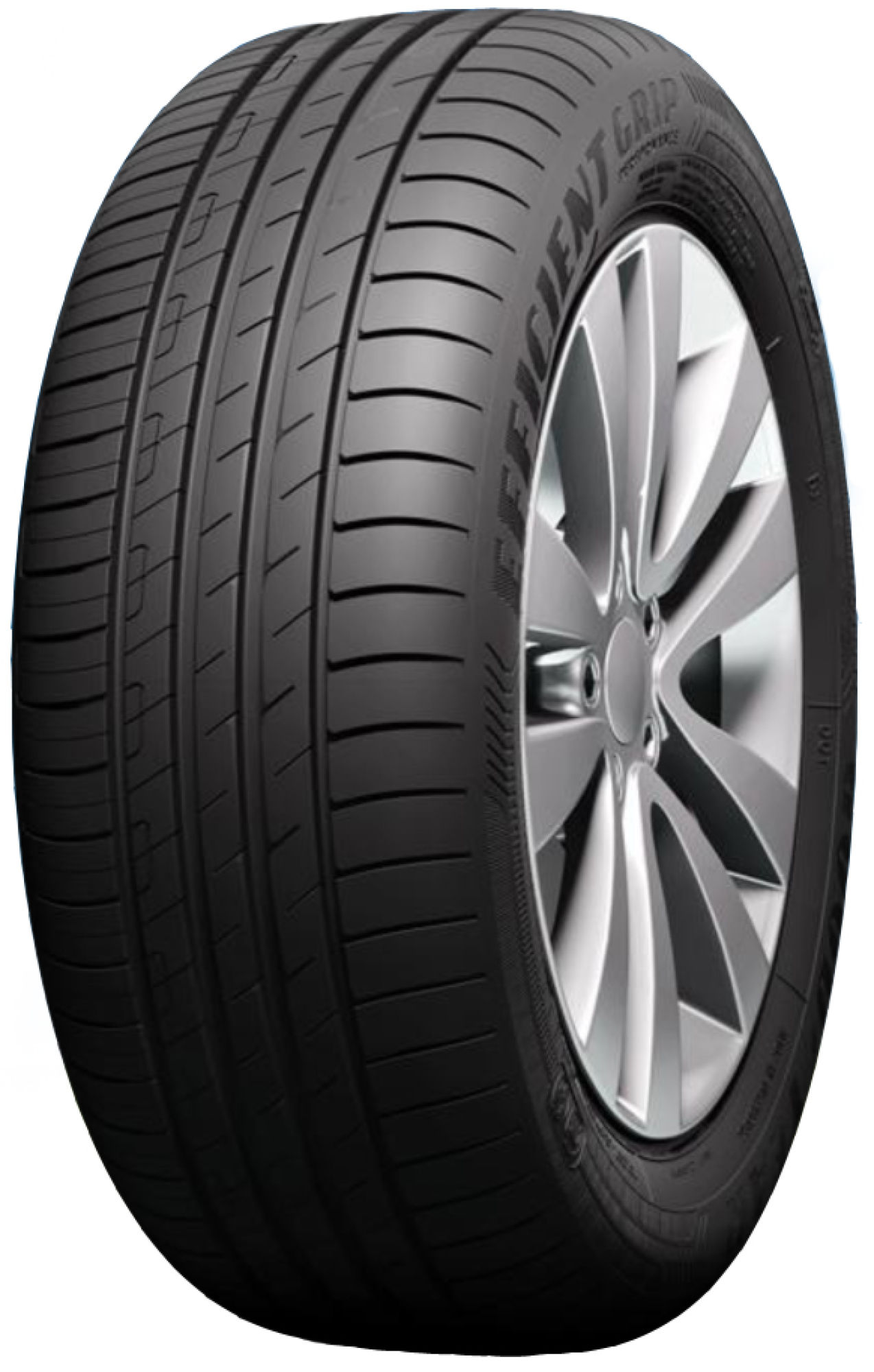I'm a bit skeptical about the FUD that many people, never mind vested interests, sow about "non premium" brand tyres, given that all tyres sold are subject to EU regulation and labelling.

 road-safety.transport.ec.europa.eu
Perhaps cheaper tyres wear quicker (and even then, as effective commodities, is that actually the case?) but I find it difficult to believe that they're necessarily somehow more dangerous as some people would lead one to believe. I suspect that there's a significant element of consumerism, brand loyalty/tax, and buyer's remorse/cognitive dissonance at play here.
road-safety.transport.ec.europa.eu
Perhaps cheaper tyres wear quicker (and even then, as effective commodities, is that actually the case?) but I find it difficult to believe that they're necessarily somehow more dangerous as some people would lead one to believe. I suspect that there's a significant element of consumerism, brand loyalty/tax, and buyer's remorse/cognitive dissonance at play here.
My 142 car originally came with Kumho Ecowing ES01 tyres - hardly a premium brand, maybe "mid-range"? - which have lasted fine (albeit over limited enough mileage) and, for what it's worth, have passed the recent NCT (not the be all and end all in terms of vehicle health but, then again, what is?), and I've never had any dodgy moments with them. Then again, I'm definitely too old to be a boy racer so drive accordingly and am at low risk of speeding or jamming on the brakes most of the time.
Anyway, I'm probably going to replace them with something similar (Kumho Ecowing ES31) most likely using this crowd:
 I'm driving a Dacia Sandero to and from the school, around town, and the odd time on the motorway. Not a Maserati on the Nurburgring. I comfortable that my risk assessment is adequate. But, if you're still worried, just steer clear of the blue Sandero on the cheap tyres driven by the grumpy old sod around Dublin (mostly).
I'm driving a Dacia Sandero to and from the school, around town, and the odd time on the motorway. Not a Maserati on the Nurburgring. I comfortable that my risk assessment is adequate. But, if you're still worried, just steer clear of the blue Sandero on the cheap tyres driven by the grumpy old sod around Dublin (mostly).
Thanks again to those who contributed useful info so far.

Tyres
Poor-quality tyres with reduced tread depth may cause your car to skid in wet weather or when braking. New, quality tyres hold your car on the road, save fuel and reduce noise and emissions.
My 142 car originally came with Kumho Ecowing ES01 tyres - hardly a premium brand, maybe "mid-range"? - which have lasted fine (albeit over limited enough mileage) and, for what it's worth, have passed the recent NCT (not the be all and end all in terms of vehicle health but, then again, what is?), and I've never had any dodgy moments with them. Then again, I'm definitely too old to be a boy racer so drive accordingly and am at low risk of speeding or jamming on the brakes most of the time.
Anyway, I'm probably going to replace them with something similar (Kumho Ecowing ES31) most likely using this crowd:

Tyre finder ~ Tyres for Long Miles
Tyre finder function with prices, main parameters and last known stock. Direct delivery and overtime appointment to fit your purchased tyres.
tyresforlongmiles.ie
Thanks again to those who contributed useful info so far.
Last edited:

